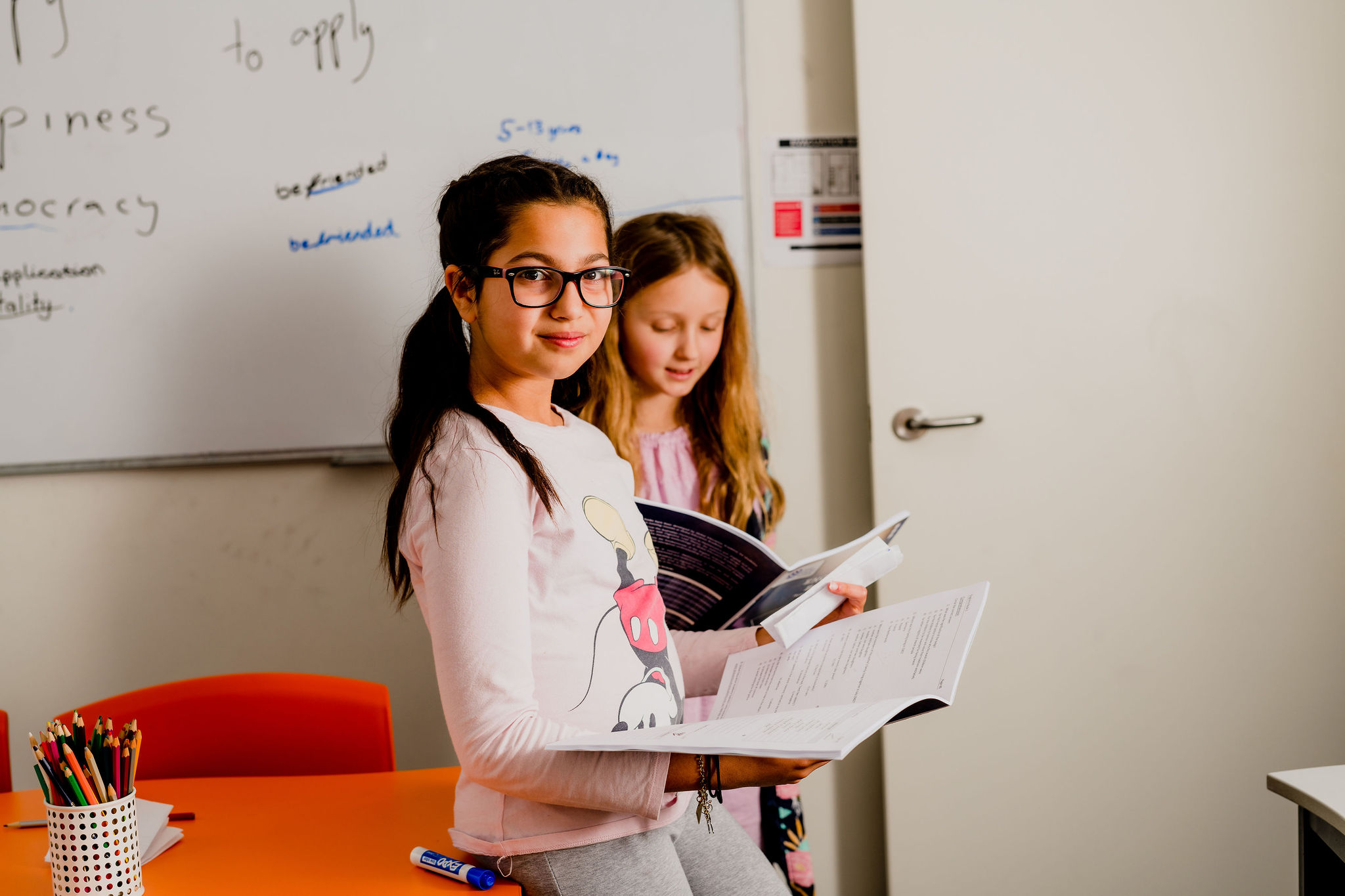
At Global Education Academy, we get a lot of questions from parents about the selective school test. As one of our key strengths is preparing students for successful entry into a selective school, this comes as no surprise.
With teachers, tutors and other parents sharing their opinions about the selective school test and what it means, it can be hard to decipher what information is accurate so you can effectively support your child as they prepare.
To help you quiet the noise and build your knowledge in relation to the selective school test, we have written this blog compiling information on they key things you need to know.
This blog covers a background on the test, the process, structure, how to prepare and how GEA can support your child on this journey.
The selective school test is a special entrance exam for admission into a selective high school.
Selective high schools seek to provide a stimulating environment for ambitious students who are excelling academically. This environment gives such students the opportunity to learn advanced content more suited to their academic level.
Entry into selective high schools is very competitive. Over 15,000 Year 6 students across NSW take the selective school test, competing for about one-quarter (4,000) of places offered for first-year entry.
Students are typically in Year 5 during the application process and sit the test in Year 6. This usually occurs in March, however, the expected placement test date for entry in 2024 is 4 May 2023.
The application period for 2024 entry will soon open on 18 October 2022.
Structure of the selective school test
| Section | Minutes | Questions | Type |
| English (Reading) | 40 | 30 | Multiple choice |
| Mathematical reasoning | 40 | 35 | Multiple choice |
| Thinking Skills | 40 | 40 | Multiple choice |
| English (Writing) | 30 | 1 | Open response |
The total calculated placement score is out of 120, with the following breakdown:
| Component | Weighted scaled test score |
| English (Reading) | 25 |
| Mathematical reasoning | 25 |
| Thinking Skills | 35 |
| English (Writing) | 15 |
| Moderated School Assessment Score* | 20 |
| Total calculated placement score | 120 |
*Some independent schools do not have to provide this score.
For each test component, the raw test score is scaled on a state-wide basis to reduce the variability in test question difficulty.
In case you missed it earlier in the year, recent changes to the assessment of selective school test outcomes include:
There are three possible outcomes for selective high school applicants:
Over the years, the level of competition has progressively increased as many schools (especially the top selective high schools) raise their minimum entry scores.
Unfortunately, given the number of applicants versus the number of placements available, the most common outcome is an unsuccessful one.
However, there are several ways you can help your child prepare for the selective school test to put their best foot forward.
The secret to increasing your child’s chances in achieving a selective school placement is to start preparing as early as possible. There’s no better time to start than today!
In the weeks leading up to the test, we recommend encouraging your child to do practice questions by using sample tests. This will familiarise them with the structure and nature of the questions that will be asked in the real test. Practice tests are made available on the NSW Department of Education website.
You can find more tips on how to prepare your child for the selective school test in some of our previous blogs:
Another effective way to set your child up for success in the selective school test is to seek help from tutors.
At GEA, we specialise in helping students meet their learning goals, including receiving placement into a selective high school.
Our Selective Preparation Program targets topics assessed in the selective school test, exposing students to the structure and types of questions commonly asked. The course also equips students with exam techniques and tools to reduce and manage cognitive load experience during exams. We teach test-specific skills to help shorten your child’s response time and give them the advantage of having extra time to think about their answers.
The course starts at the beginning of Term 2 and is a weekly program throughout each term of Year 5. It includes a 5-day intensive preparation over the January Holidays and 5 weeks in Year 6 Term 1.
To help your child prepare and discover their potential to cope with advanced courses and enter a selective high school, book a Selective Benchmark Assessment with us today.







